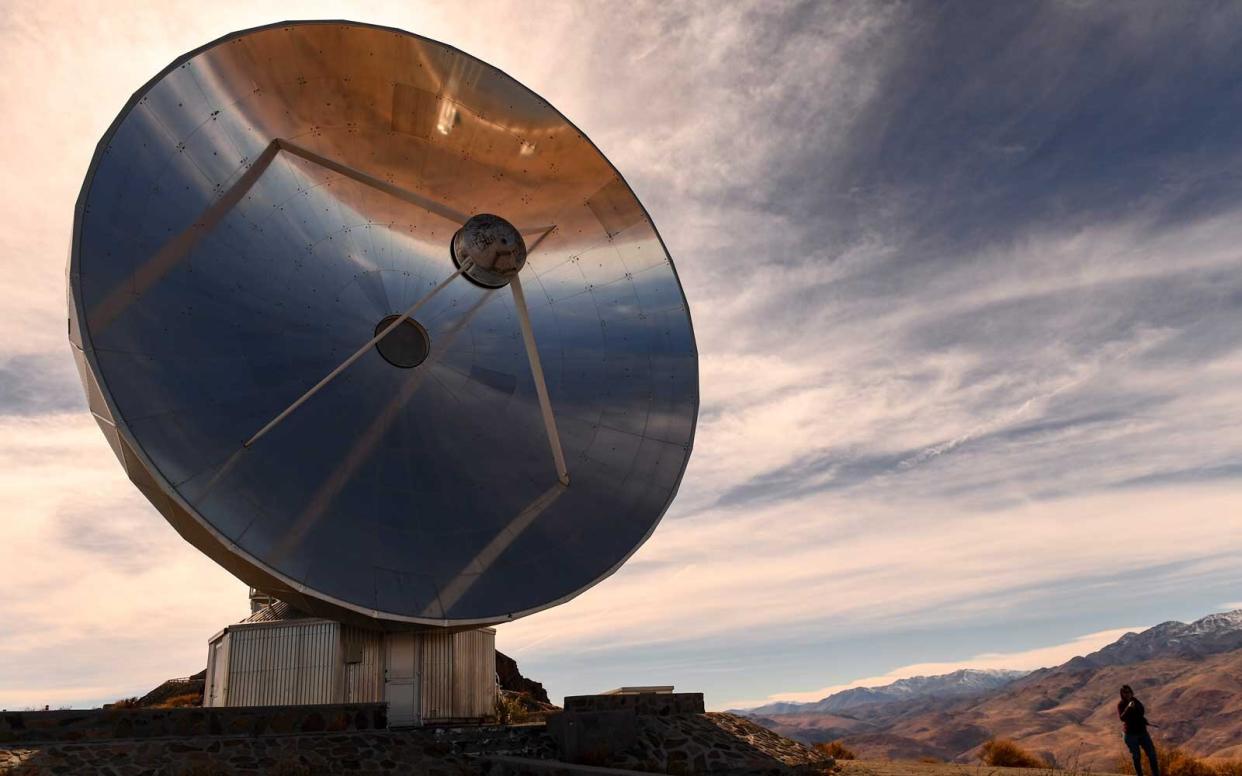NASA Will Live-stream the Great South American Eclipse — Here's When to Tune In

MARTIN BERNETTI/Getty Images
If you missed the last solar eclipse, back in 2017, then you have another chance to catch the next one. And you don’t even have to travel to see it.
The next total solar eclipse is coming on July 2, with the path crossing over the South Pacific, Chile, and Argentina. The event is being called the Great South American Eclipse, and it will cause brief total darkness in many parts of the continent.
And NASA will be there to show you every second of it. According to a NASA statement, the agency will be setting up a live stream with three Exploratorium views from telescopes in Vicuna, Chile between 3 p.m. and 6 p.m. EDT (without audio).
Between 4 p.m. and 5 p.m., there will also be live commentary on the eclipse in both English and Spanish.
The eclipse will reach totality over La Serena, Chile, at approximately 4:38 p.m. EST and continue across the Andes Mountains before ending in Chascomús, Buenos Aires, Argentina around 4:44 p.m.
A partial solar eclipse will be visible in Ecuador, Peru, Bolivia, Paraguay, Uruguay, Colombia, Brazil, Venezuela, and Panama, according to NASA.
NASA Television will also be broadcasting the program on its public channel, which will have updates from the agency’s Parker Solar Probe and Magnetospheric Multiscale missions.
Watching the solar eclipse via live stream not only saves your eyes, but it can also save your wallet. Although many would opt to travel to see the spectacular event in person, people in the U.S. can also wait until 2024 for the next Great American Solar Eclipse, which will stretch from the south to the northeast, starting in Mexico and continuing up to Canada.
To tune into the live stream, visit the NASA Live website.

